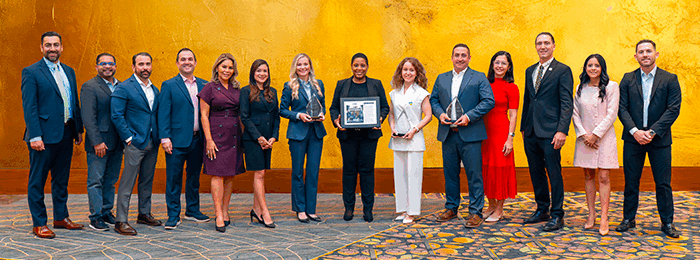
The ACAMS Greater Phoenix Chapter hosted a virtual webinar in June titled, “Terrorist Financing in the Crypto Age: Regulatory and Law Enforcement Framework.” The event had over 500 registered participants and proved to be a true crowd pleaser. Chris Janczewski, special agent for the IRS Cyber Crimes Unit, kicked off the show with three true crime examples of how terrorist organizations “pivot, evolve, and adapt” their financing methods, specifically with cryptocurrency. Agent Janczewski demonstrated how U.S. law enforcement successfully seized websites and currency assets of organizations tied to Hamas, al-Qaida and the Islamic State (IS).
One organization used their website as a bitcoin fundraising campaign seeking donations for the “Palestinian resistance,” while another used its Telegram channel to request donations to fund attacks and support “the mujahidin in Syria.” An IS facilitator created a website claiming to have inventory of N95 and other personal protective equipment for sale in a time of crisis. Victims paid for nonexistent inventory with credit cards and these cards were compromised. Criminal proceeds totaling $100,000 were then laundered through bitcoin, and the facilitator was caught! Thankfully for the U.S. government, the crypto seized through these operations has appreciated over time―a bit of a cherry on top of that proverbial sundae.
Next up was Ari Redbord from TRM Labs. Redbord introduced TRM’s mission to “prevent cryptocurrency fraud and financial crime to build a safer financial system for billions of people.” He stressed his perspective that crypto is poised for explosive growth and bad actors use new techniques to evade detection―techniques such as chain-hopping, privacy technology and programmatic money laundering. The focus of his presentation was the current regulatory landscape as it relates to crypto: a strong focus on illicit use of the currency with minimal focus on its lawful use, even though less than 2% of on-chain transactions on Bitcoin are linked to illicit entities.
Redbord noted that the U.S. Treasury Department, including the Financial Crimes Enforcement Network, remains focused on the illicit use of crypto as evidenced by the current regulatory requirements placed on virtual asset service providers―licensure, know your customer and enhanced due diligence, transaction monitoring and Travel Rule compliance. He pointed out how similar these requirements are to those of financial institutions (FIs), which presents challenges! FIs act as intermediaries and are positioned to collect financial intelligence and push it up an organizational structure to law enforcement. However, cryptocurrency is decentralized. Its structure does not follow the typical organization, and criminals challenge the intelligence gathering with tactics of chain-hopping and privacy technology. How the regulatory industry pivots, evolves and adapts is yet to be seen.
The highlight of the show was the audience, hands down! The Q&A session lasted nearly an hour and there were still questions in the pipeline. The ensuing discussion took the chapter down a journey of topics such as the use of antiquities to finance terror, domestic terrorism case nuances, issues in getting ahead of newer cryptocurrencies with faster transaction times, and a virtual brainstorming session on how to mitigate risks across the industry. Most impactful to this author, Agent Janczewski reflected on the distinction between completely dismantling a terrorist organization and a seemingly less impactful feat of disrupting their financing or operations. At the end of the day, you take the win!










